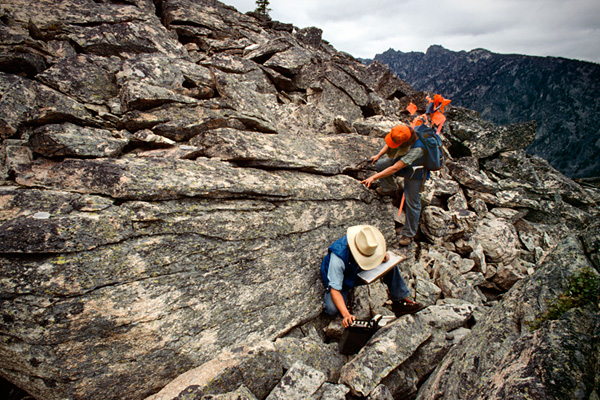
AAPG Explorer Article – Many years ago I reviewed the criteria being used by Shell Oil to hire its new geologists. Shell’s hiring emphasized graduate students with top grades from selected universities.
In reviewing the outcome of its hiring practices, I found that having outstanding grades and attending Ivy League schools made no difference to success at Shell; indeed, the “best” recruits were as likely to end up at the bottom of the Shell value order list as the top.
[callout1]We wanted to find new criteria for hiring that provided us with a higher proportion of outstanding people.[/callout1]One of the parameters that did seem to correlate to future outstanding performance was the quality and originality displayed in the graduate thesis of the prospective new hire.
Such an outstanding masters thesis by a then-young geologist was published in the January 1955 AAPG BULLETIN, titled “Pennsylvanian Conglomerates, Structure and Orogenic History of Lake Classen Area, Arbuckle Mountains, Oklahoma.”
The paper combines excellent field observations with thoughtful analysis; was clearly written and well documented; and after 50 years is still worth reading.
From this early history of performance, R.J. (Bob) Dunham went on to an outstanding career as a carbonate researcher at Shell and influenced thousands of petroleum geologists with his innovative ideas.
I’d like to suggest that a careful thesis review may be a fine way to hire your next great geologist. The best guide to the future is history.